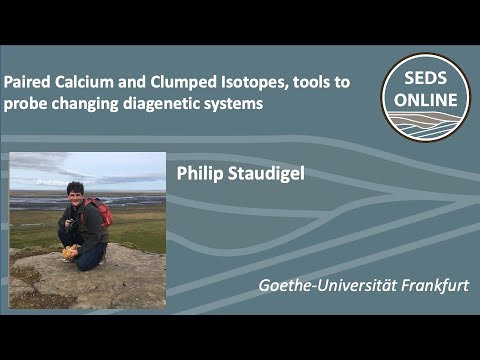Description:
Explore paired calcium and clumped isotopes as tools for investigating changing diagenetic systems in this one-hour conference talk. Delve into the study of an evolving carbonate margin on the present-day western Bahamian slope, examining how these isotopes are affected differently by carbonate recrystallization. Learn about quantifying recrystallization rates and fluid flow into the margin, and discover how the onset of drift deposits in the Straits of Florida significantly increased fluid flow. Gain insights into the importance of larger platform structures in governing diagenetic reactions. Examine the depositional setting of the Bahamian Margin, fluid-carbonate reactive exchange, and its effects on geochemical records. Investigate the complexities of shallow carbonate as a chemical archive and the challenges of interpreting conflicting geochemical signals. Understand methods for constraining reaction and recrystallization rates, including clumped isotope analysis and modeling variable reaction rates. Explore datasets for calcium-84 on the Bahamian margin and learn how to solve for advection rates. Discover techniques for correcting carbon-13 records for diagenesis and interpreting carbon isotopes on the platform margin. Gain a comprehensive understanding of carbonate and fluid geochemistry modeling over time, considering both reactive and advective behaviors in diagenetic systems.
Read more

Paired Calcium and Clumped Isotopes, Tools to Probe Changing Diagenetic Systems
Add to list